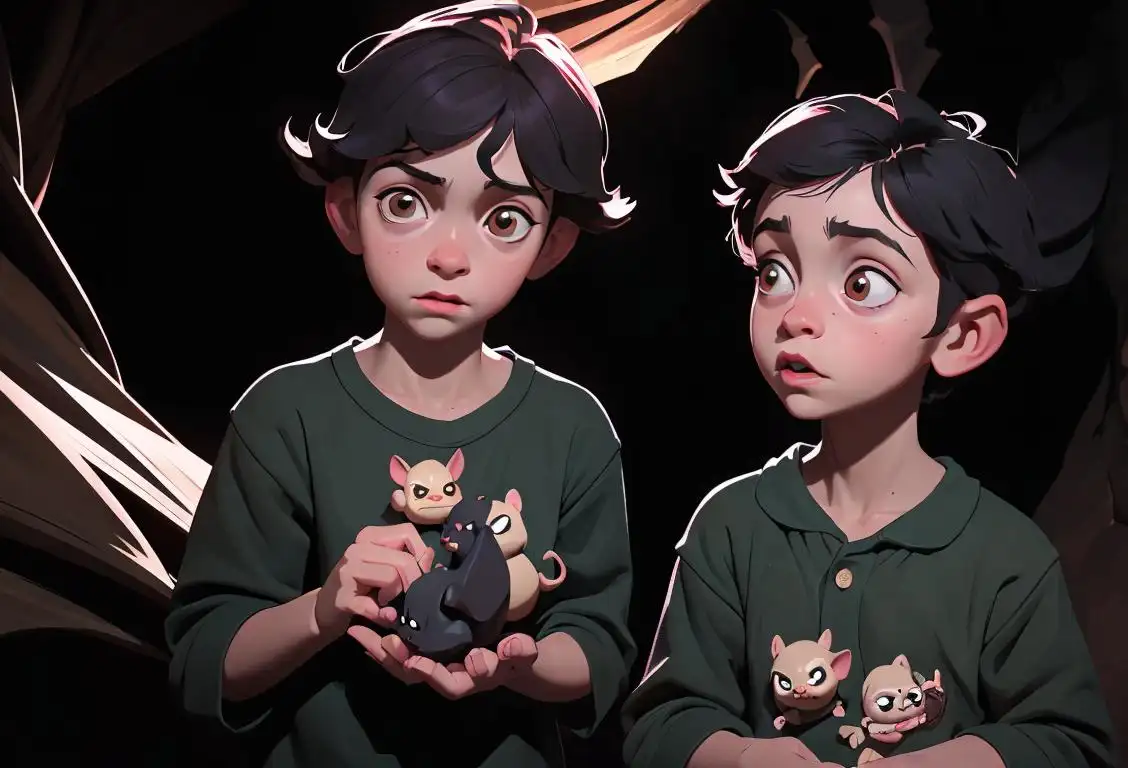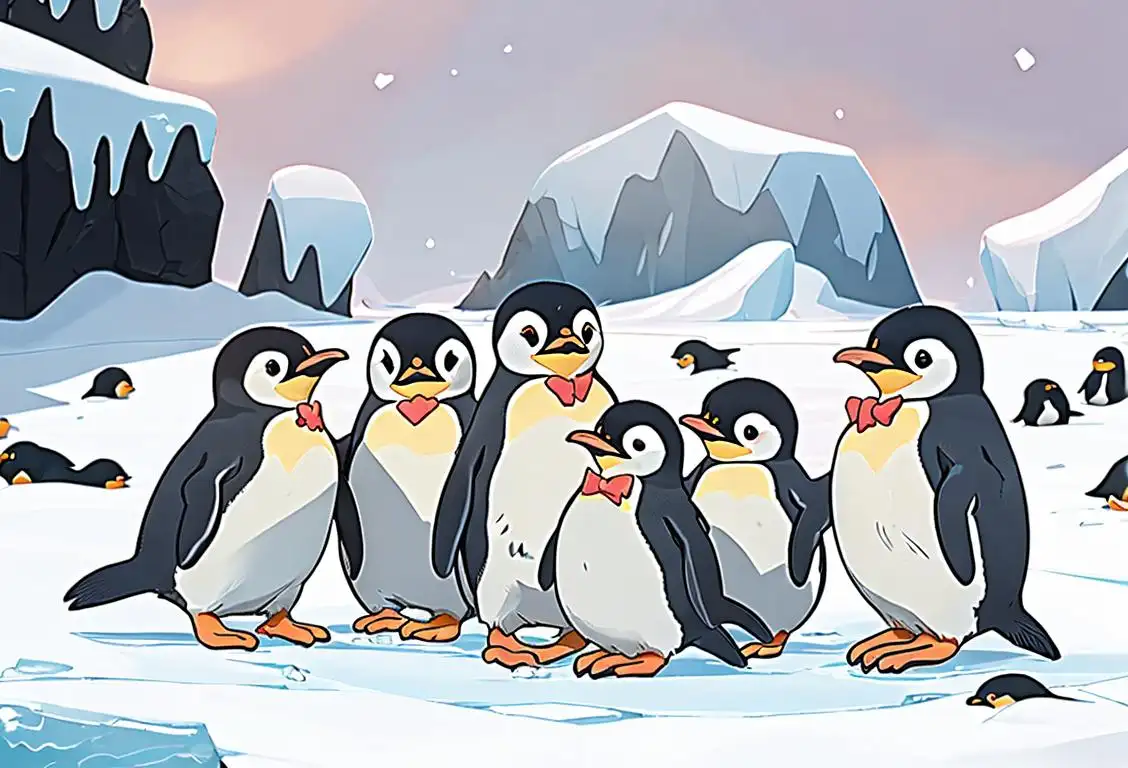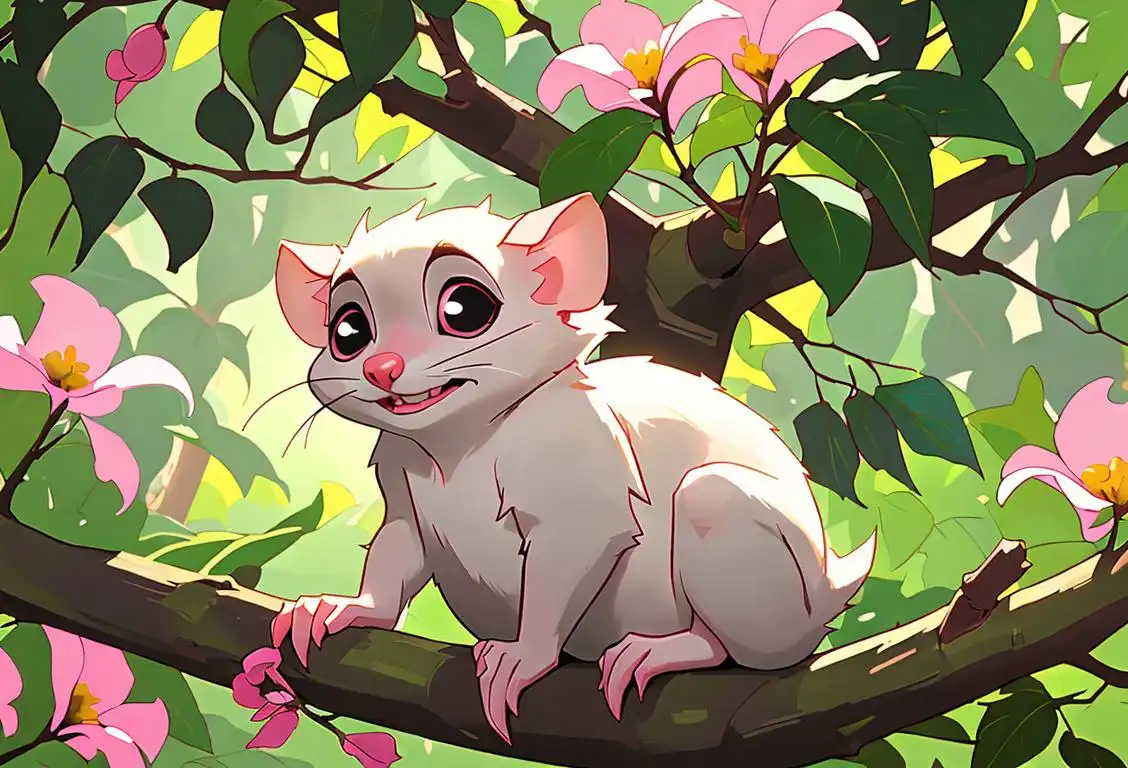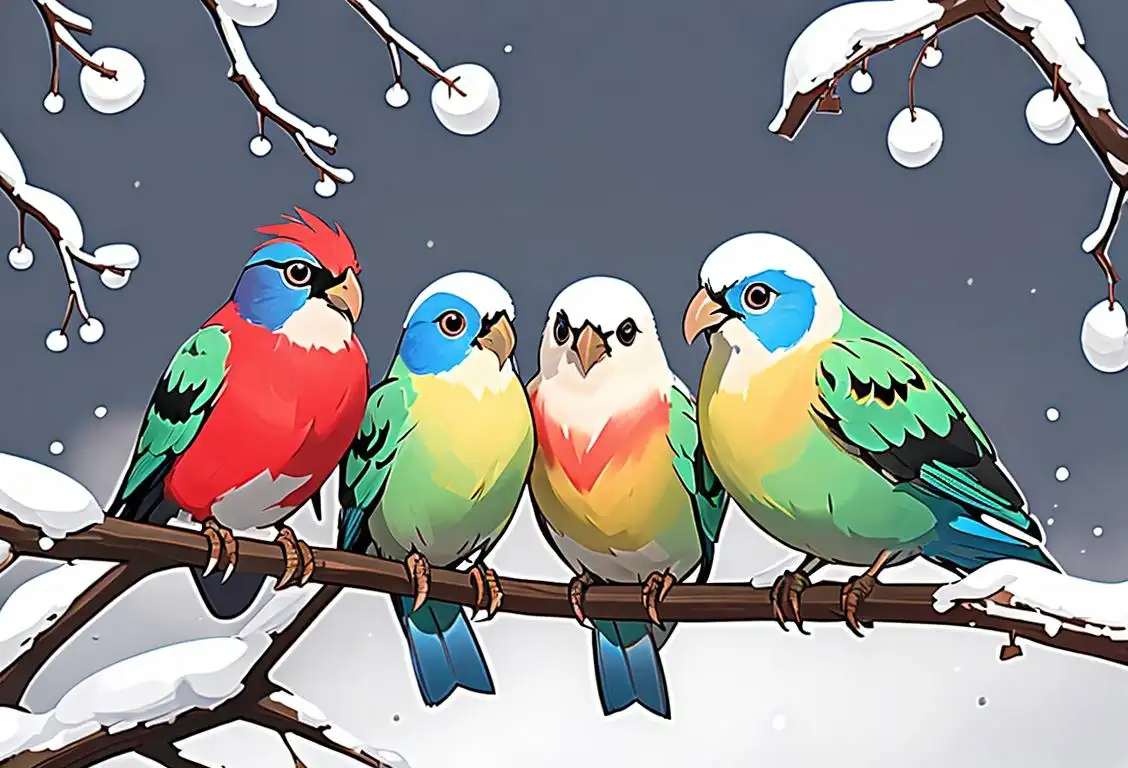National Ant Day
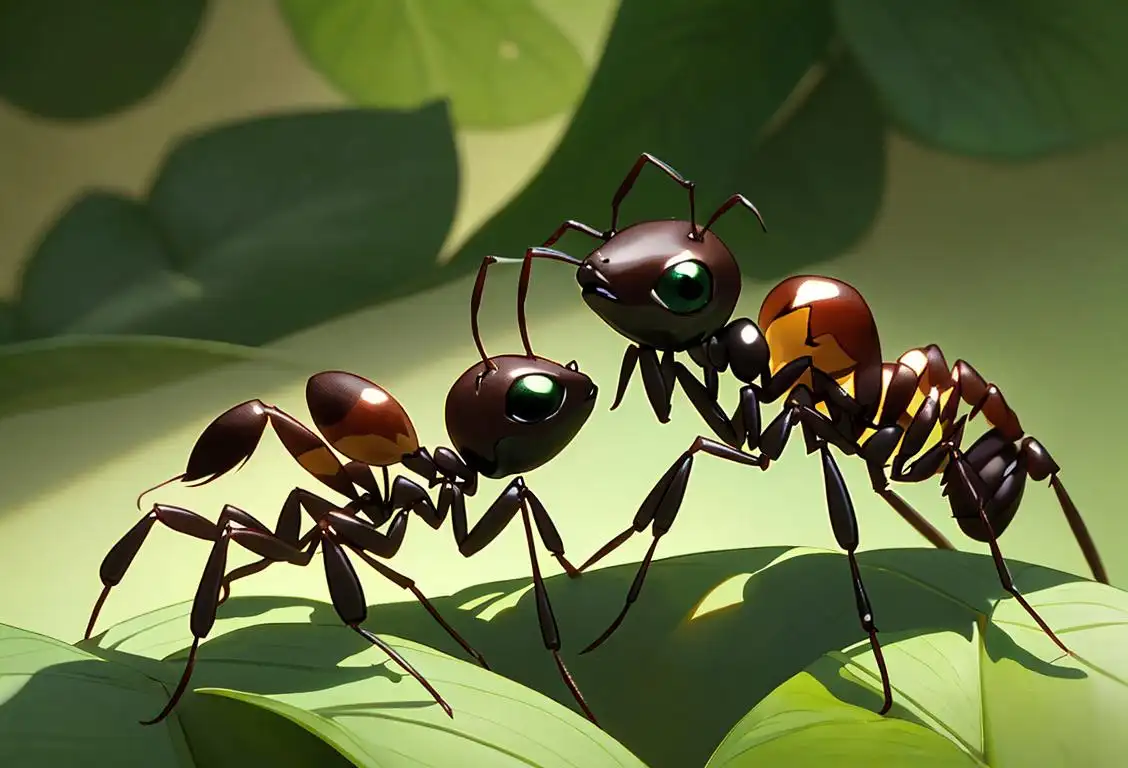
Welcome to the wonderful world of ants! Today, we celebrate National Ant Day, a day dedicated to these industrious little creatures and their incredible feats. Get ready to embark on a journey into the ant kingdom, where you'll discover fascinating facts and learn about the significance of ants in our ecosystem.
When is Ant Day?
It's national ant day on the 22nd July.
The Marvelous World of Ants
Ants, those tiny insects that march in perfect lines, are truly remarkable creatures. With their complex social structures, incredible strength, and impressive teamwork, ants have captured our curiosity and awe for centuries.
Did you know that there are over 12,000 species of ants around the world? These tiny insects can be found in almost every corner of the globe, from the rainforests of South America to the deserts of Africa.
One of the most fascinating aspects of ants is their sophisticated social organization. They live in colonies, with each individual having a specific role to play. From the powerful queen who lays eggs to the diligent worker ants who gather food, everyone has their job to do.
Ants are also known for their impressive strength. Proportionally, ants are some of the strongest creatures on Earth. They can carry objects that are many times their own weight, which is like you lifting a car over your head!
Ants on the Internet
While ants have been around for millions of years, their presence on the internet is a relatively recent phenomenon. National Ant Day gained popularity online, with people sharing fun facts, memes, and videos about these industrious insects.
On July 22, 2020, National Ant Day took the internet by storm, with 37 mentions detected online. It's no wonder that people couldn't resist sharing their fascination with ants on this special day!
Fun Fact: Ants and Farming
Did you know that some ants are expert farmers? Leafcutter ants, found in Central and South America, cultivate fungus as their main food source. They cut leaves and carry them back to their nests, where they use them to grow a special fungus. The ants then eat the fungus, creating a unique symbiotic relationship between the ants and the fungus.
History behind the term 'Ant'
350 million years ago
The Rise of the Arthropods
During the late Devonian period, around 350 million years ago, a group of small arthropods known as myriapods are believed to have evolved. These were the early ancestors of insects, including ants. Myriapods were some of the first land-dwelling creatures and laid the foundation for the diverse and fascinating world of insects we know today.
100 million years ago
The Emergence of Hymenoptera
Around 100 million years ago, a new order of insects called Hymenoptera appeared. This order included ants, as well as bees and wasps. Hymenopterans are characterized by their complex social structure, with ants being particularly renowned for their highly organized colonies. The emergence of Hymenoptera marked a significant milestone in the evolution of ants, leading to the development of their distinctive characteristics and behaviors.
30 million years ago
The Evolution of Modern Ants
Around 30 million years ago, ants underwent a significant period of diversification and expansion. This led to the development of various specialized species and the establishment of their crucial ecological roles. Modern ants evolved diverse strategies to adapt to different environments, including forming symbiotic relationships with plants, cultivating fungus gardens, or engaging in aggressive behaviors for resource acquisition and defense. This era witnessed the emergence of the astonishing array of ant species we have today.
21st Century
Ants in Human Culture
In the 21st century, ants continue to captivate human imagination and play various roles in human culture. They have been depicted in literature, art, and folklore around the world, often symbolizing industry, cooperation, and organization. Ants' remarkable strength, teamwork, and ability to overcome obstacles have made them a source of inspiration for human societies. Additionally, the study of ants, known as myrmecology, has contributed significantly to our understanding of social behavior, communication, and ecology.
Did you know?
Ants can lift objects that are many times their own weight, which is like you lifting a car over your head!Tagged
fun nature educationFirst identified
17th April 2016Most mentioned on
22nd July 2020Total mentions
37Other days
Oceanography Centre Open Day
Bat Appreciation Day
Penguin Day
Possum Day
Ant Day
Teacher Appreciation Day
Education Day
Teacher Day
Bird Day
Student Athlete Day

